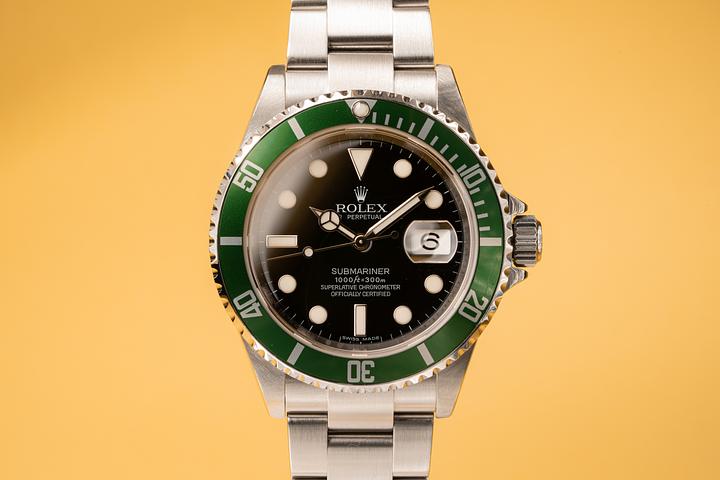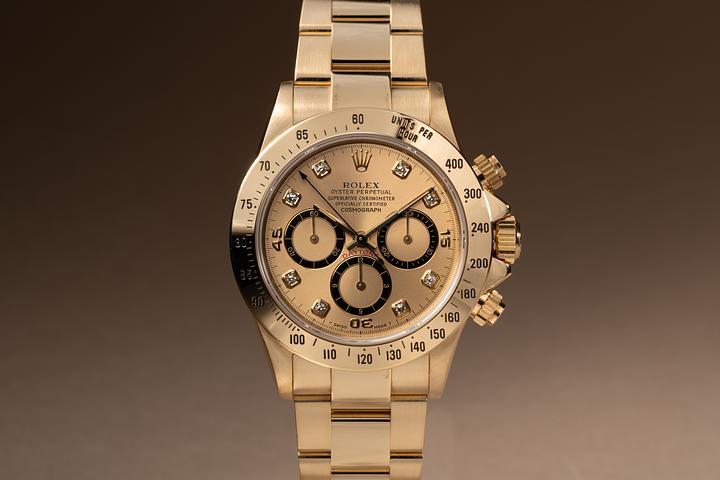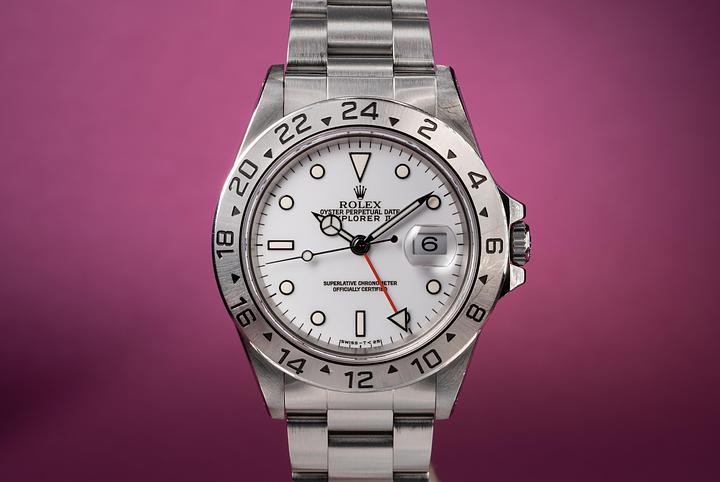Rolex GMT-Master: The Astronaut’s Choice for Dual Time Precision

From Orbit to Oystersteel: The Rolex GMT-Master's Astronaut Legacy and Swiss Watchmaking Brilliance
There’s something magnetic about the Rolex GMT-Master—maybe it’s the rich hues of its iconic bezel, or the unmistakable quiet confidence it carries on the wrist. But beyond its style lies a deep heritage rooted in precision, adventure, and yes, space. Originally developed for Pan Am pilots in the 1950s, the Rolex GMT-Master also found an unexpected audience in a group far more ambitious than commercial aviators—astronauts. This dual-time zone watch, an emblem of Swiss craftsmanship, has quite literally touched the stars. So, if you're the kind of person who enjoys their horology seasoned with a touch of history and orbit-bound trivia, buckle up. Let’s drift into the fascinating story of the Rolex GMT-Master and its celestial associations.
How the GMT-Master Anchored Itself in Horological History
It all began with a need—a need for pilots, especially those crossing multiple time zones, to track more than one time simultaneously. In 1954, Rolex introduced the GMT-Master (ref. 6542), answering the call from Pan American World Airways. They needed a reliable, easily readable timepiece for their international pilots, and Rolex delivered with a fourth hand—a 24-hour arrow that circled the dial once per day—and a rotating two-tone bezel to denote day/night in a second time zone. It was robust, highly legible, and elegant in its own tool-watch way.
The GMT-Master wasn’t designed for spaceflight. That’s important to remember. It was crafted for transatlantic airliners, not trans-lunar explorers. And yet, perhaps the very qualities that made it perfect for intercontinental pilots—reliability under pressure, clarity of display, and resilience—also made it the honorary timepiece of astronauts. Not officially assigned by NASA, of course. But more on that in a moment.
NASA Didn’t Choose It… But Astronauts Did
This bit always fascinates collectors. While NASA officially issued the Omega Speedmaster as the flight-qualified chronograph for all missions—beginning with the Gemini and through the Apollo programs—that didn’t prevent astronauts from bringing personal watches along for the ride. The Rolex GMT-Master, particularly ref. 1675, started cropping up on astronaut wrists in the 1960s.
Some of the most iconic names in space carried them. Jack Swigert, a member of the ill-fated Apollo 13 mission, famously wore a Rolex GMT-Master. You’ve probably seen the photos—he's in the mission capsule, weightless, the squared red hand and bi-color bezel instantly recognizable. Likewise, Ed Mitchell of Apollo 14 fame was spotted with a GMT-Master. Why did they choose the Rolex GMT-Master? The answer isn’t hard to unearth: reliability and personal preference.
These timekeepers didn’t malfunction. They didn’t crack under the changing atmospheric conditions. And, importantly for astronauts juggling mission timers and Earth-based calls, the dual time zone function was ideal. Houston could be in one time zone, the mission clock in another. On the wrist: one watch handling both with the twist of a bezel.
The GMT-Master 1675: A Watch Built for the Stratosphere and Beyond
Now, let’s pause on the GMT-Master 1675 because—well—it’s kind of a big deal. Released in 1959 and running through to the late ’70s, this reference is often considered the quintessential GMT-Master. It introduced crown guards (thank goodness), a better Caliber 1565 and eventually the 1575, and a matte dial with bold lume plots that made visibility effortless even in the sparse lighting conditions of… well, space. Or just a red-eye flight from Zurich to JFK. Your choice.
This was the model worn by numerous astronauts. It was also the model that truly cemented the GMT’s place in both horological lore and pop culture. Think Sean Connery easing into a tux for his Bond mission, or test pilots flashing a sliver of that red-and-blue “Pepsi” bezel after a Mach-busting sortie. It spoke, and still speaks, to adventure but with restraint. Serious tool watch, but with curb appeal.
The Swiss DNA That Makes It More Than Just a Watch
Rolex doesn't do anything by accident. Built in the heart of Switzerland, where horological excellence is practically a gene, the GMT-Master is a masterclass in precision engineering. Every component, from its Oyster case to the perpetual rotor within, is born from generations of meticulous Swiss innovation.
Switching gears just a bit—the consistency, the perfectionism, the rigorous testing—all ensure that a GMT-Master isn't just stylish, it’s built to perform. Whether you're a commercial pilot dealing with seven time zones in 48 hours, an astronaut adjusting to zero-g, or just someone fielding late-night calls from Tokyo clients, the Rolex GMT-Master has remained a trusted companion across decades. That’s not an accident. That’s Swiss watchmaking at its uncompromising best.
The Modern Evolution: GMT-Master II and Beyond
Fast-forward to today, and the GMT-Master II is the modern iteration of this icon. Launched in the ’80s with independently adjustable hour hands and a more advanced movement, it made real-time time zone changes stupidly easy. Flip the hour hand forward or back without stopping the watch—just like that, local time updated. The 2023 models—whether in Oystersteel, white gold, or the seductively rich two-tone—continue to channel the spirit of the original design while packing modern upgrades like the scratch-resistant Cerachrom bezel.
The line still holds on to its space-age DNA. And maybe that’s part of why it still feels current. It’s not frozen in history, though it carries it. Instead, Rolex has refined, evolved, and enhanced the GMT to fit every era—astronaut-worthy in the 1960s, executive-level today.
The Timepiece That Crossed Stratospheres—And Continents
So here’s the thing—I keep circling back to this unshakable thought. The Rolex GMT-Master wasn’t just an accessory. For astronauts, it became part of their toolkit—a reliable constant as they catapulted into weightlessness. For the rest of us, it’s a link to a moment when mankind reached for more, and achieved it. Wearing a GMT-Master, whether vintage or modern, offers a chance—however small—to feel connected to that pioneering spirit. In a crowded world of countless watches, very few can say they’ve stepped outside Earth’s atmosphere. The GMT-Master can. And that, if nothing else, makes it exceptional. Swiss precision helped it launch. Human ambition took it the rest of the way.




